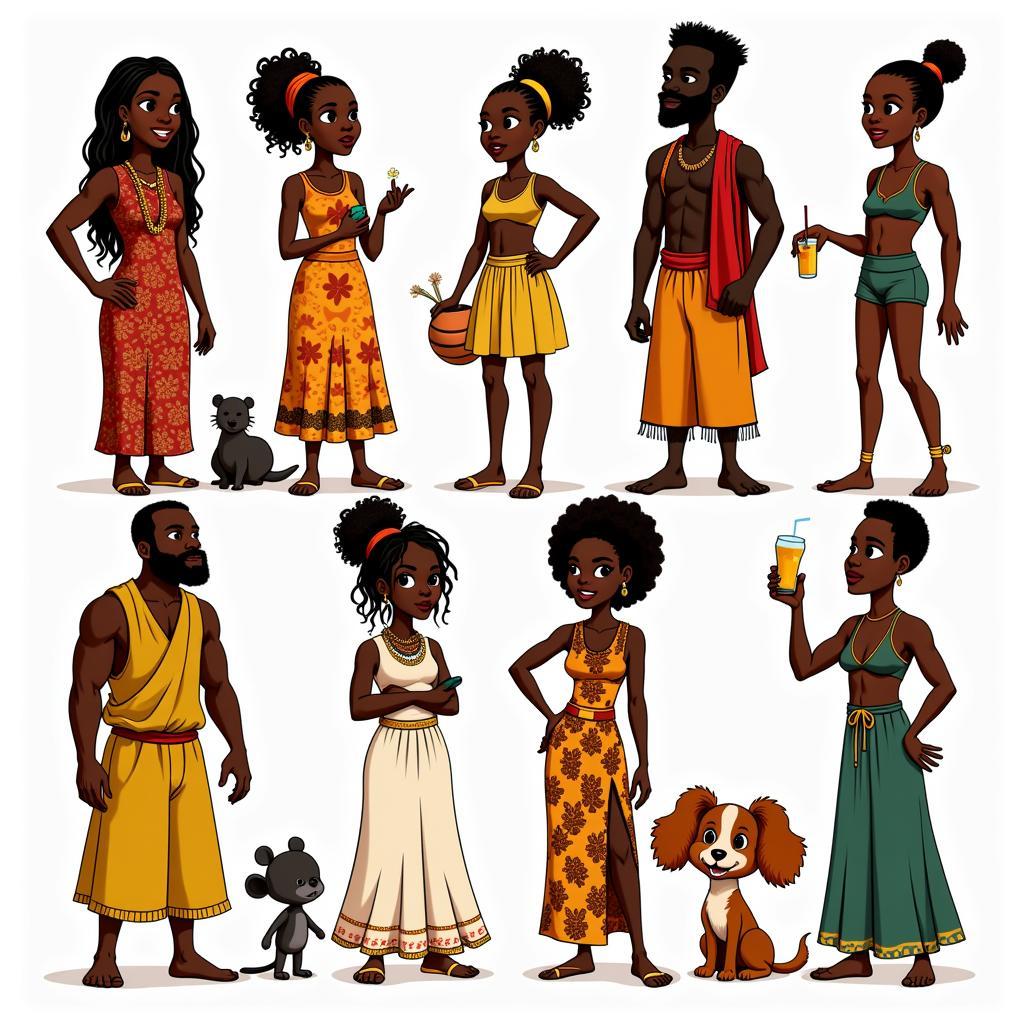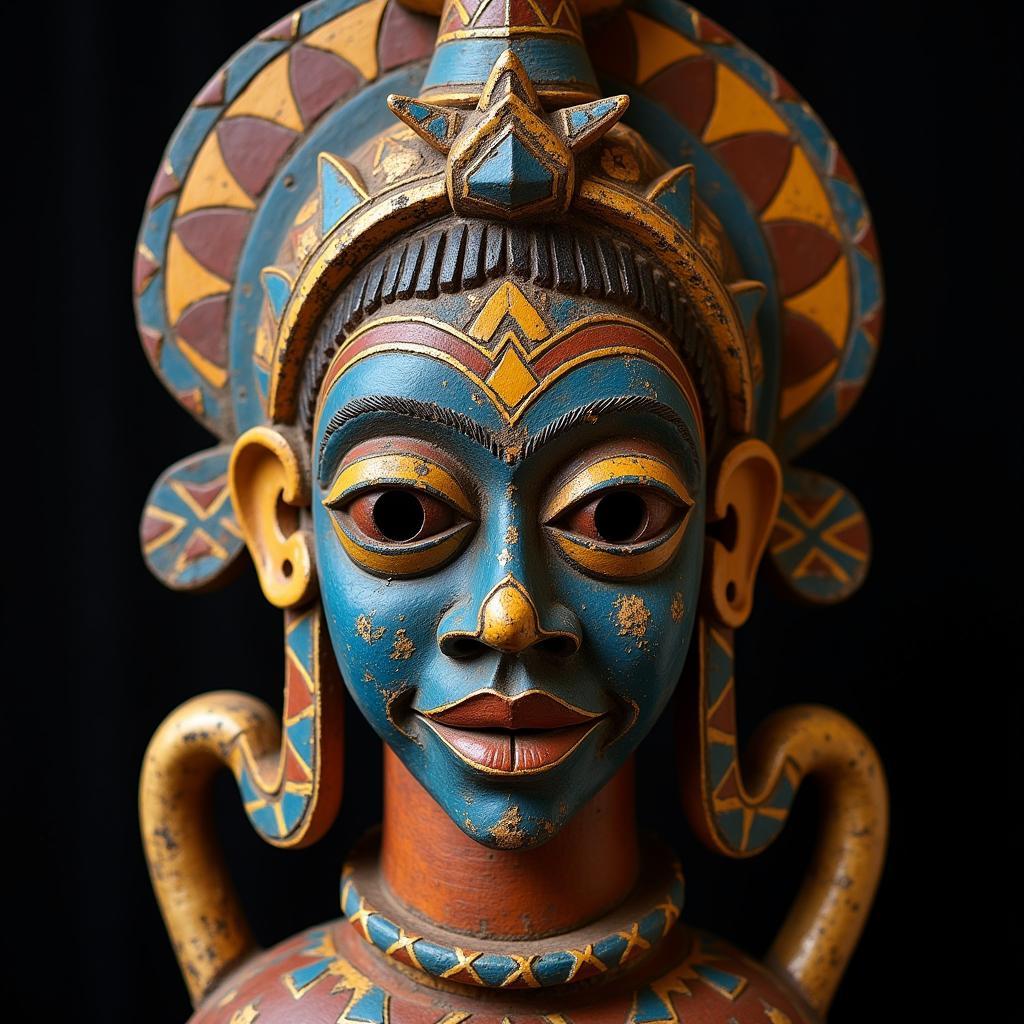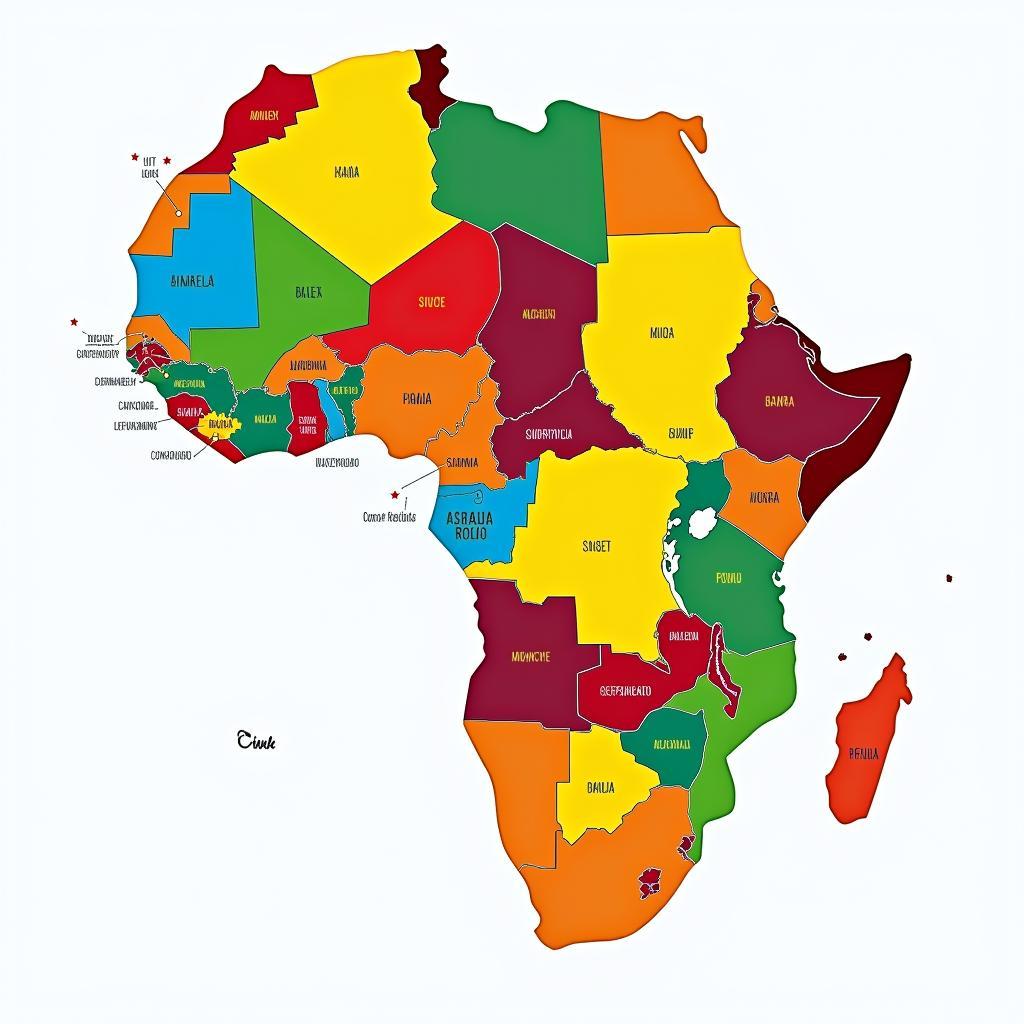African Americans in The Bluest Eye: Exploring Identity and Beauty Standards
The Bluest Eye, Toni Morrison’s debut novel, delves into the complex lives of African Americans, specifically young Pecola Breedlove, in 1930s Lorain, Ohio. The story centers around Pecola’s tragic desire for blue eyes, symbolizing the internalized white beauty standards prevalent in American society and their devastating impact on African American identity.
The novel paints a vivid picture of the social and economic hardships faced by Black communities during the Depression era, highlighting issues like poverty, racism, and colorism within the Black community itself. Pecola’s yearning for blue eyes represents her longing for acceptance and love in a world that consistently devalues her Blackness. The narrative exposes how these societal pressures can lead to self-hatred and psychological damage, particularly for vulnerable individuals like Pecola. The Breedlove family, fractured and dysfunctional, becomes a microcosm of the larger societal issues at play. Their struggles reflect the systemic oppression that perpetuates cycles of poverty and trauma.
Internalized Racism and the Pursuit of “Whiteness”
Morrison masterfully uses Pecola’s desire for blue eyes as a lens through which to examine the insidious nature of internalized racism. Pecola believes that possessing blue eyes will magically transform her life, making her beautiful and worthy of love. This tragic misconception underscores the power of dominant cultural narratives in shaping self-perception, especially for marginalized groups. The novel also explores how this internalized racism can manifest within the Black community, as seen in the colorism practiced by characters like Maureen Peal.
What leads to the internalization of racist beauty standards? Societal messages, media portrayals, and even interactions within one’s own community can contribute to this damaging phenomenon.
The Impact of Societal Structures on Black Identity
The Bluest Eye doesn’t shy away from portraying the harsh realities of Black life in America. The characters grapple with poverty, limited opportunities, and the constant threat of racial violence. These external factors contribute to a sense of powerlessness and internalized oppression, further fueling Pecola’s desire to escape her reality through the illusion of white beauty. The novel examines how systemic racism creates a hostile environment that erodes self-esteem and perpetuates cycles of trauma across generations. Morrison’s powerful prose lays bare the interconnectedness of individual suffering and societal injustice.
How do societal structures contribute to the erosion of Black identity? Limited access to education, employment discrimination, and lack of representation in media all play a significant role.
Challenging Eurocentric Beauty Standards
The Bluest Eye serves as a powerful critique of Eurocentric beauty standards and their damaging impact on Black individuals and communities. By centering the narrative on Pecola’s tragic story, Morrison compels readers to confront the pervasive nature of these standards and their role in perpetuating inequality. The novel highlights the importance of embracing and celebrating Black beauty in all its forms, challenging the notion that whiteness is the sole measure of desirability.
Are there examples of movements that challenge Eurocentric beauty standards? The natural hair movement and the growing representation of Black models in fashion are positive steps towards greater inclusivity.
The Power of Storytelling and Representation
Through The Bluest Eye, Toni Morrison gives voice to the marginalized and challenges readers to confront uncomfortable truths about American society. The novel’s enduring power lies in its ability to spark conversations about race, identity, and the importance of representation. By depicting the complexities of Black life with unflinching honesty, Morrison paves the way for greater understanding and empathy. The novel encourages readers to question the narratives they have been taught and to actively participate in dismantling harmful stereotypes.
Why is representation in literature and media so important? Seeing oneself reflected in stories validates one’s experiences and fosters a sense of belonging.
African Interior Design and The Bluest Eye’s Setting
Interestingly, even aspects like African Interior Design can offer a contrasting perspective on the aesthetic values presented in The Bluest Eye. While the novel grapples with imposed Western standards, exploring traditional African design principles reveals a rich history of celebrating natural materials, vibrant colors, and patterns that reflect cultural heritage. This contrast highlights the importance of reclaiming and celebrating one’s own cultural aesthetics as a means of counteracting the harmful effects of imposed standards.
The African house snake, a creature often misunderstood, similarly highlights the importance of understanding cultural context. Just as the novel challenges readers to look beyond superficial appearances, learning about the African house snake dispels misconceptions and encourages a deeper appreciation for the natural world. This connection emphasizes the importance of challenging preconceived notions and seeking deeper understanding. Similarly, understanding the differences between the African house snake vs corn snake further emphasizes the importance of context and nuanced understanding.
The African grass rat, another creature native to the African continent, provides a further example of the richness and diversity of African fauna. Just as Morrison’s novel explores the complexities of human experience, learning about different species broadens our understanding of the natural world and its intricate interconnectedness.
Conclusion
The Bluest Eye remains a powerful and relevant exploration of African American identity, beauty standards, and the lasting impact of societal forces on individual lives. By understanding Pecola’s tragic story, we can begin to dismantle harmful stereotypes and work towards a more just and equitable future. The novel encourages us to critically examine the messages we internalize and to actively challenge systems that perpetuate inequality. The Bluest Eye calls for empathy, understanding, and a commitment to creating a world where everyone feels seen, valued, and worthy of love.
FAQ
- What is the main theme of The Bluest Eye? The main theme revolves around the destructive impact of white beauty standards on African American identity and self-perception.
- Why does Pecola want blue eyes? Pecola believes blue eyes will make her beautiful and worthy of love, reflecting the internalized racism she has absorbed.
- What is the significance of the Breedlove family? The Breedloves represent the devastating effects of poverty, racism, and societal neglect on Black families.
- How does Morrison critique Eurocentric beauty standards? She uses Pecola’s tragic desire for blue eyes to expose the damaging effects of these standards on Black individuals.
- Why is The Bluest Eye still relevant today? The novel continues to spark important conversations about race, identity, and the importance of representation.
- What is the setting of The Bluest Eye? The novel is set in Lorain, Ohio during the 1930s, amidst the backdrop of the Great Depression.
- How does the novel explore the theme of internalized racism? It shows how characters internalize and perpetuate racist beliefs, often leading to self-hatred and conflict within the Black community.
Related Questions:
- How does The Bluest Eye relate to other works by Toni Morrison?
- What are some other books that explore similar themes of race and identity?
- What are some resources for learning more about African American history and culture?
Please contact us for further assistance: Phone: +255768904061, Email: [email protected], Address: Mbarali DC Mawindi, Kangaga, Tanzania. Our customer service team is available 24/7.


